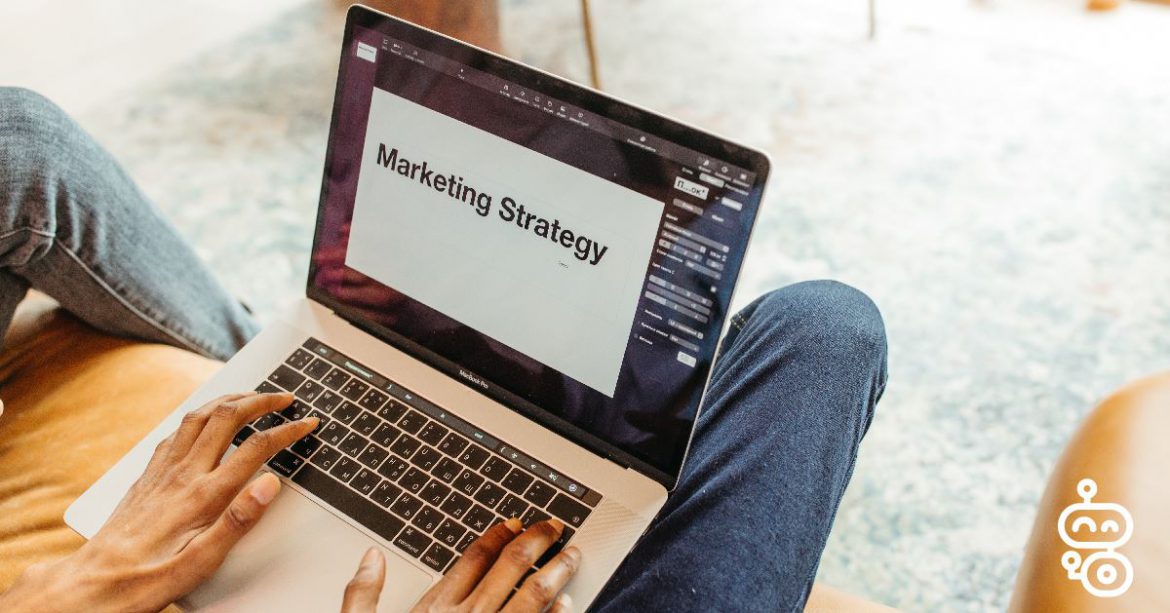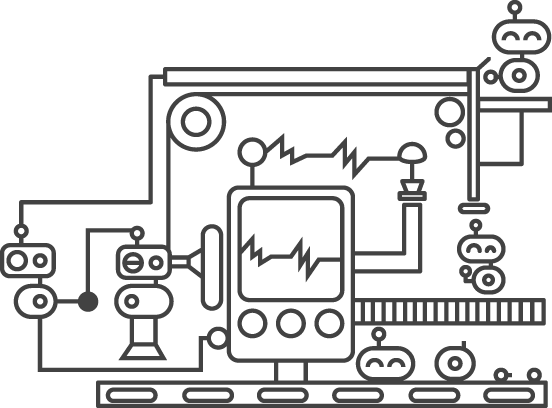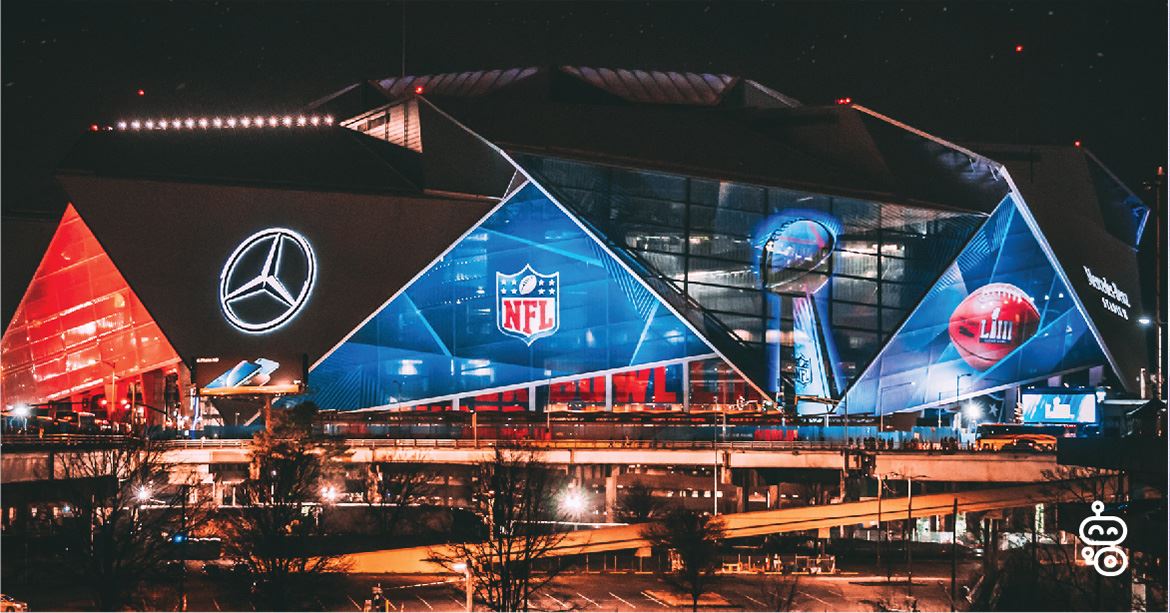Robotic Marketer Blog Posts from February 2020
Meet Mellissah Smith of Marketing Eye in Buckhead
Today we’d like to introduce you to Mellissah Smith.
4 Reasons Why Having a Blog Helps You With Your SEO
Blogs are considered to be an invaluable tool for organizations to utilize. However, their effectiveness is more than often overlooked by companies who either completely ignore blogs or do not utilize them to their full potential. Possessing a blog is a fantastic way of improving your Search ...
How Has Influencer Marketing Changed In 2020?
The rise of influencer marketing has grown substantially over the past few years, and it’s not going to stop anytime soon. Considered to be one of the most valuable forms of marketing present on social media, many companies are turning to influencers who operate in the relevant niche to promote ...
How Will Technology Replace Marketing Functions In 2020?
Marketing has evolved significantly in the recent decades – from door to door sales, cold calling, electronic direct mail (EDM) to the generation of artificial intelligence (AI). It is quite surprising that we still receive telemarketing calls today. With a very low conversion rate (less than ...
AI-driven Martech for Midsize Businesses: A Q&A with Mellissah Smith
Martech isn’t just for high-end marketers with enterprise-level budgets. Adopting emerging marketing automation technology doesn’t have to break the bank. Cost-effective martech options—with AI-assisted marketing power—can help your small-to-midsize business gain a competitive edge.
5 Reasons Why You Need A Marketing Strategy
Regardless of the industry a business operates in or the products and services it offers, it needs a plan of action. Marketing is probably most important on the list of things it would need to do and having an effective plan ready to go has the potential to set it up for success. As a […]
Future Of Marketing Is AI: Are You Embracing It?
A job interview for marketing was conducted in the 90s where a hopeful candidate was asked to sell their future employer a pen. Decades later, fresh graduates still face similar situations. Let’s imagine that the young candidate walks nervously into the company of their dream. The interview ...
The Top 5 Super Bowl Ads of 2020
Another Super Bowl has come and gone. Marketers have battled it out for the audiences’ attention- using all sorts of gimmicks and tactics to stand out in an ocean of competition. But it is only the very best that prevail to take home the trophy. Here no creative concept is too ambitious even ...









